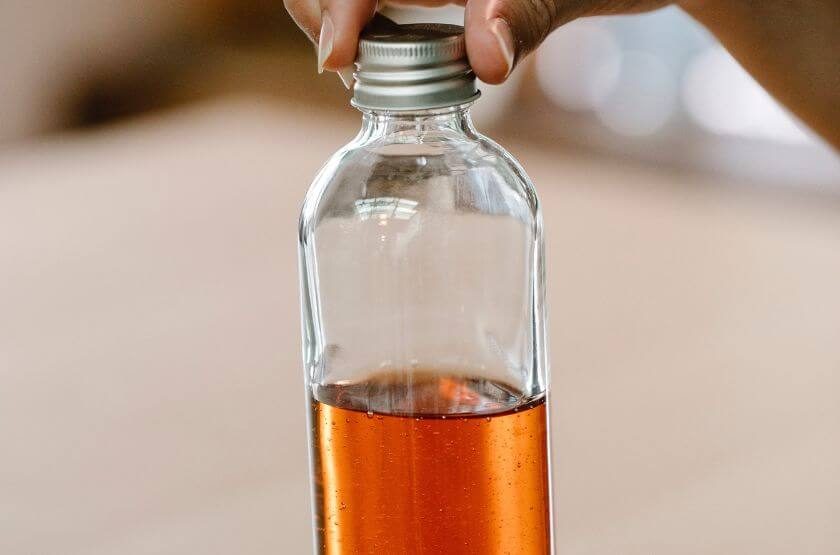
Extracts are typically made by using a process called extraction, which involves obtaining the desired components or active compounds from a raw material. There are various methods of extraction, depending on the type of material and the desired extract. Here are a few common extraction techniques:
Solvent Extraction – This method involves using a solvent, such as ethanol, methanol, or water, to dissolve the desired compounds from the raw material. The solvent is chosen based on its ability to selectively extract specific components. The plant material is typically soaked or macerated in the solvent, and then the liquid extract is separated from the solid residue using filtration or other separation techniques. The solvent is then evaporated to obtain the concentrated extract.
Steam Distillation – This method is commonly used to extract essential oils from aromatic plants. Steam is passed through the plant material, causing the essential oils to evaporate. The steam-oil mixture is then condensed, and the essential oil is separated from the condensed liquid.
Cold Pressing – Cold pressing is primarily used for extracting oils from fruits and seeds. The raw material is mechanically pressed to release the oil, which is then separated from the solid residue and impurities. This method is often employed for obtaining oils such as olive oil, coconut oil, or citrus essential oils.
Supercritical Fluid Extraction – Supercritical fluids, such as carbon dioxide (CO2), are used as solvents in this method. Under specific conditions of temperature and pressure, the solvent attains a state between a liquid and a gas, known as the supercritical state. The supercritical fluid can effectively extract the desired components from the raw material. After extraction, the supercritical fluid is returned to its normal state, and the extract is obtained.
Other Methods – There are several other extraction techniques used for specific applications. These include maceration, where the raw material is soaked in a solvent for an extended period, and then the liquid extract is obtained; infusion, which involves steeping the material in a liquid (e.g., tea); and percolation, where the solvent is continuously passed through the material to extract the desired components.
It’s worth noting that the specific extraction method chosen depends on factors such as the nature of the raw material, the desired components, and the intended use of the extract. Different methods can yield extracts with varying concentrations and profiles of active compounds.


